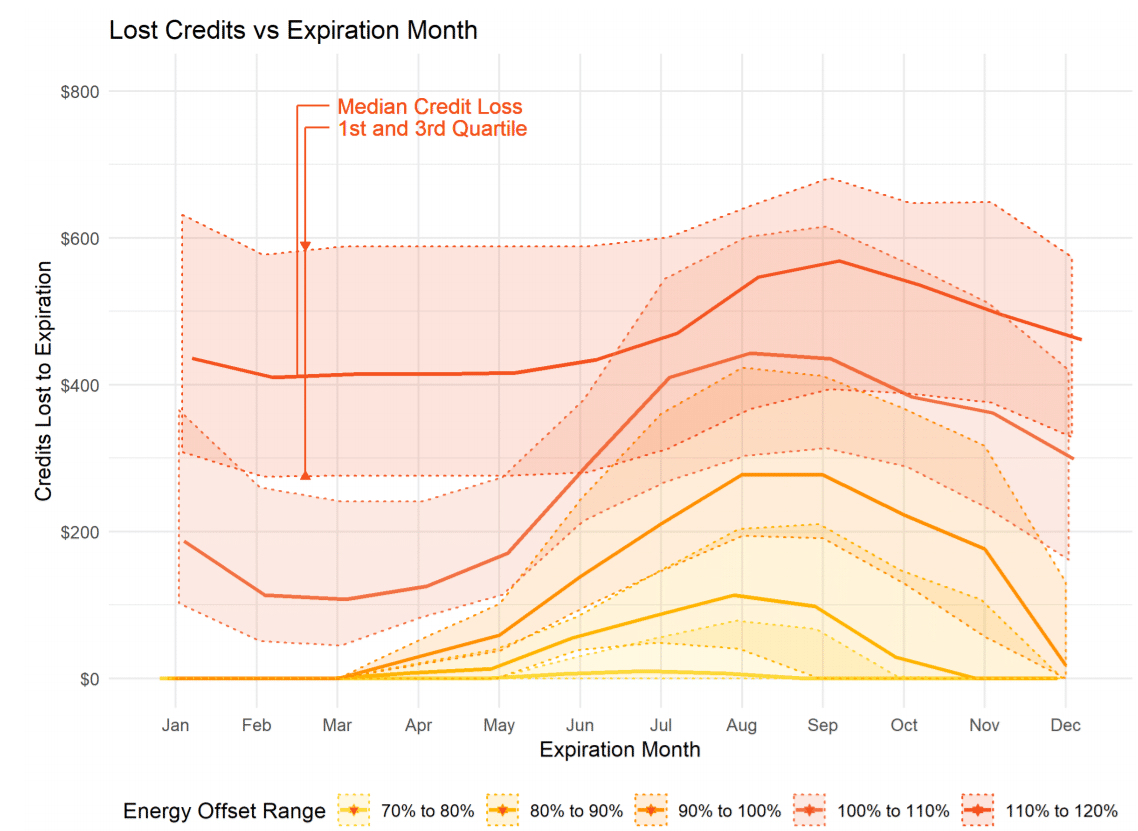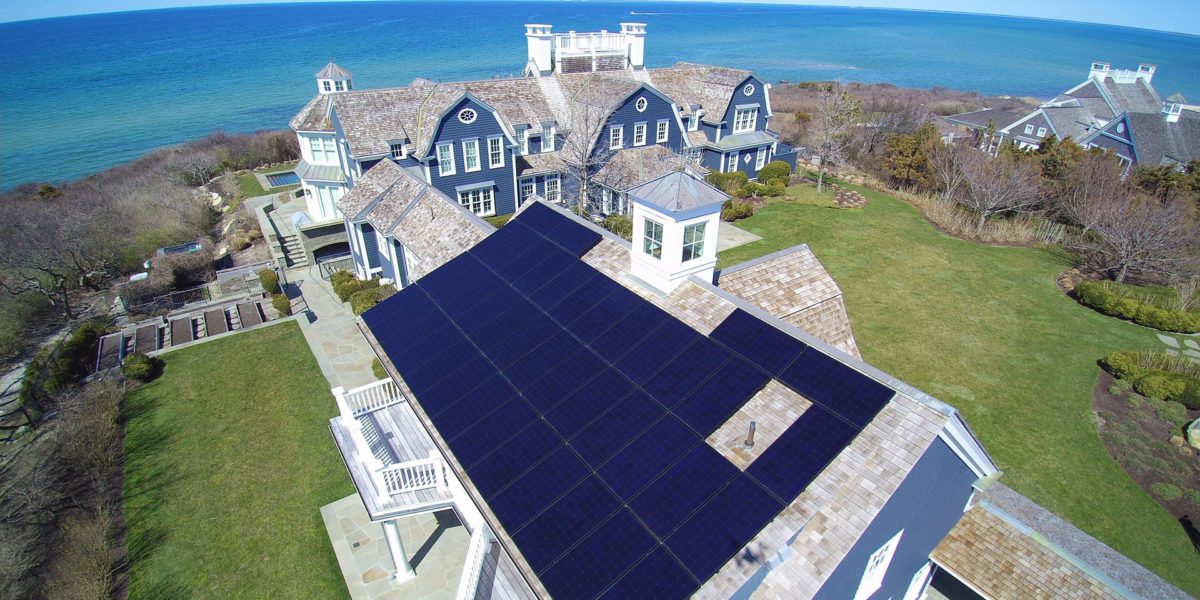The main lobbying group representing the electric utility industry, the Edison Electric Institute (EEI), initially thought that net metering wasn’t something to worry about. In recent times EEI “is happy to come to any state at any time” to battle and has stated that it is currently fighting this policy in a dozens of states. On pv magazine USA, the topic is a regular.
In an effort to quantitatively understand how changes to net metering policies and billing structures would affect the return on investment earned by residential solar power owners, Aurora has conducted a “large parametric study” that analyzed over 45 million scenarios. The resulting white paper,

The group analyzed the above most popular policy changes across the nation. For instance, they noted that when when policy was adjusted to make net metering credits expire at a certain time (below), the choice of month, as well as the size of the system, had effects. For instance, North Carolina’s Duke Energy had reset credits at the end of May to align with seasonal rate changes.
The data shows that the smaller the system size, the less revenue loss occurred, but that as long as your credit expiration month was in March, you were most optimized. This of course, precedes increasing generation and low electricity use months of April and May.

Combing the data from these various tools, the group then made recommendations on system sizing to allow customers to gain the highest returns on investments on a market-by-market basis.
The table below outlines specific markets that had major changes in their net metering policies. For instance, you see a recommendation in California to increase system sizing to cover 100-110% of a customer’s bill, instead of 95-100%.

Whereas in Hawaii, who has an over abundance of solar electricity on its small power grid, the analysis suggests under-sizing the solar power system to 60% of a user’s electric bill to minimize any electricity export. Of course, this can be offset with a battery.
Broadly speaking, the group found that most updated net metering policies did lead a slight reduction in revenue going to home owners. However, as Aurora found that 40-80% of electricity in most systems was being consumed at time of generation, the effects were blunted.
This analysis was published to help show off that Aurora’s online design tools recognize these state-level nuances within our 50 markets, and can describe them aptly when delivering financial models to end users.
This content is protected by copyright and may not be reused. If you want to cooperate with us and would like to reuse some of our content, please contact: editors@pv-magazine.com.








Another consideration or threat is utilities imposing a basic minimum power fee that makes solar unattractive. If a minimum of say $50 per month is imposed that may be enough to destroy the rooftop value proposition.
That was referenced in the article as well, simply not enough space for me to cover it all
Let’s get the battery price to fall as fast as solar did! We need storage to avoid netmeterring kabackle all together!!!! Solar Gorillaz Unite!
You can build your own 6k power wall for under $2,000 sure beats $8-9k for a power wall installed
@Bill, you are correct. Many do indeed charge a minimum charge. I’ve left my house for random months due to travel, opened the main breaker and come back to a monthly bill for $40 and they tagged it as “delivery, or infrastructure” fee. I’ve known others that have had that similar charge in different states just to be connected to the grid.
Interesting, that EEI is ‘fighting’ to annul distributed solar PV or wind generation from the utility ‘partnership’ already established with net metering. Of course the trend seems to be going toward forcing a PPA of net billing, where the excess electricity pushed back onto the grid is credited at the wholesale electricity rate, somewhere around 4 to 6 cents per kWh. Then after around 3 PM to 9PM increase electric rates to the ‘peak demand’ rates under a TOU “agreement”. Accept excess power during the peak solar times of the day at wholesale, sell it to your neighbor at the retail electric rate and while using YOUR excess solar PV generation, still charge your neighbor the often attached “fuel charge”. At night then everybody gets to pay three to five times the daily retail rate for the TOU period. Now it just makes sense to install solar PV with energy storage as part of the package. Increase the TOU period, increase the size of the battery storage unit.